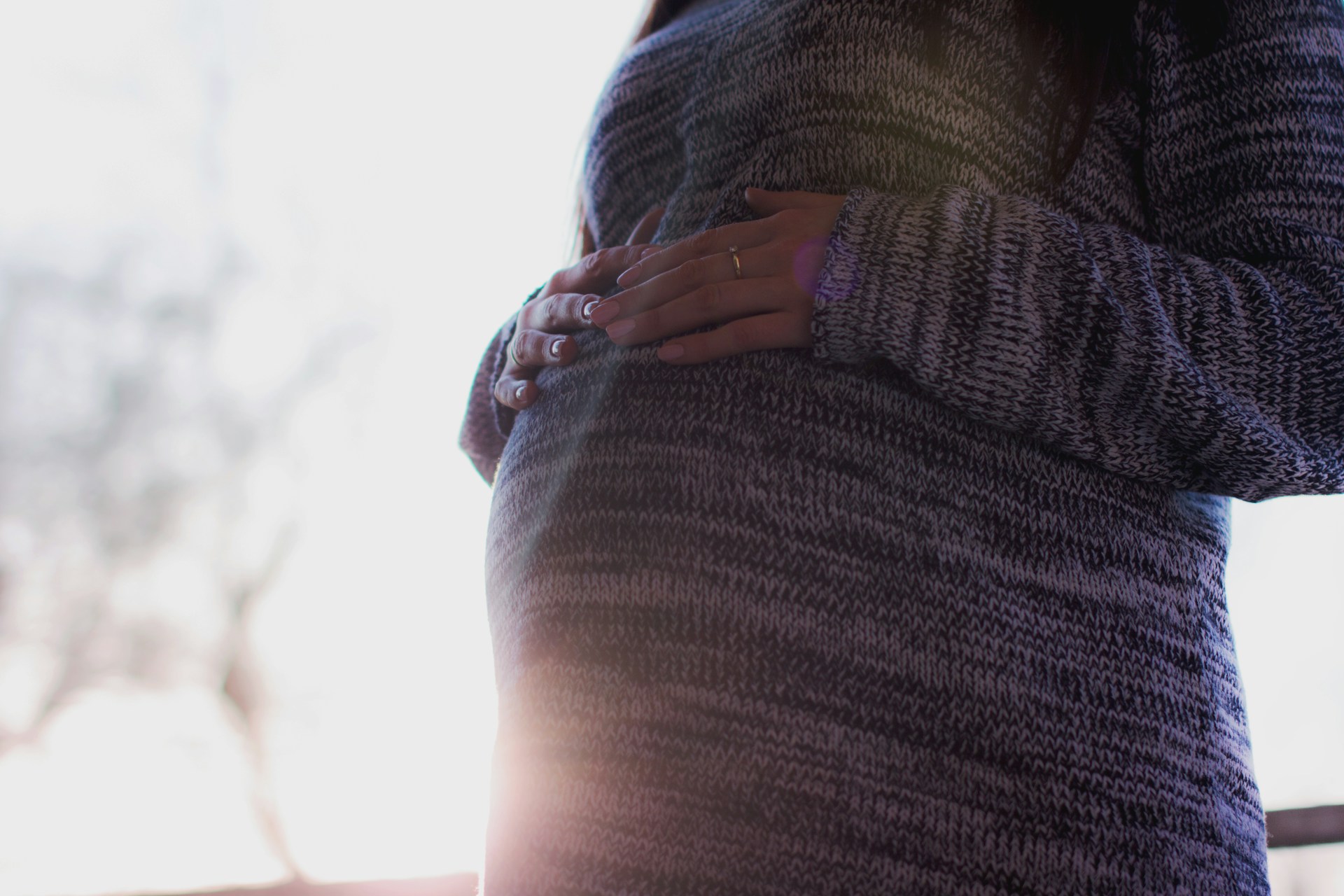The second trimester, spanning from weeks 13 to 27, is often referred to as the “honeymoon phase” of pregnancy. This period is marked by significant changes and growth for both the baby and the expectant parent. This article provides a comprehensive overview of what to expect during the second trimester, from physical and emotional changes to essential prenatal care and preparations for the third trimester.
Baby’s Growth and Development
Growing Baby:
During the second trimester, your baby undergoes rapid development. By the end of this period, your baby will be around 14 inches long and weigh approximately 1.5 pounds. Key milestones include:
- Weeks 13-16: The baby’s facial features become more distinct, and they start developing eyebrows, eyelashes, and hair. Their limbs are fully formed, and they begin to make small movements.
- Weeks 17-20: The baby’s organs continue to mature, and they start to produce meconium, the first stool. They may begin to move more actively, and you might start to feel these movements, known as “quickening.”
- Weeks 21-27: The baby’s growth accelerates, and they begin to gain weight. Their skin becomes less transparent and starts to look more opaque. The baby also begins practicing breathing movements and develops a sleep-wake cycle.
Developmental Milestones:
During this time, the baby’s senses and coordination improve. They begin to respond to sounds, and their sense of touch becomes more refined. By the end of the second trimester, they are more active and can react to external stimuli.
Physical Changes
Growing Belly and Baby Bump:
As the baby grows, you’ll notice your belly expanding more rapidly. This growth can cause stretching of the skin, leading to the appearance of stretch marks. Your body will also adjust to accommodate the baby’s growth, leading to changes such as a growing uterus and increased blood volume.
Common Symptoms:
You may experience several symptoms during the second trimester, including:
- Back Pain: As your body adjusts to the growing baby, you might experience back pain. Supportive pillows and proper posture can help alleviate discomfort.
- Heartburn: The growing uterus can press on your stomach, causing acid reflux and heartburn. Eating smaller, frequent meals and avoiding spicy foods may help.
- Increased Energy: Many women find that their energy levels improve during the second trimester, making it a good time to tackle projects and prepare for the baby’s arrival.
Managing Physical Discomfort:
Engage in regular exercise, such as walking or prenatal yoga, to help with back pain and fatigue. Staying hydrated and maintaining a balanced diet can also support your overall well-being.
Emotional Well-being
Mood Swings and Emotional Changes:
The second trimester can bring a mix of emotions. While many women experience a boost in mood and energy, others may still face emotional ups and downs. Hormonal changes can contribute to these fluctuations.
Staying Positive:
Maintaining a positive outlook is essential. Practice self-care, such as relaxation techniques, hobbies, and spending time with supportive friends and family. Consider joining a prenatal support group to connect with others going through similar experiences.
Bonding with the Baby:
As you start to feel the baby’s movements, it becomes easier to bond with them. Talk to your baby, play music, and engage in activities that make you feel connected to your growing child.
Prenatal Care
Essential Appointments and Tests:
During the second trimester, you’ll have several important prenatal appointments and tests:
- Anatomy Scan: Typically performed between 18 and 22 weeks, this detailed ultrasound examines the baby’s growth and development and checks for any potential abnormalities.
- Glucose Screening: Around 24-28 weeks, you’ll undergo a glucose tolerance test to check for gestational diabetes.
- Routine Check-Ups: Regular check-ups will continue to monitor your health and the baby’s growth, including measuring your belly, checking your blood pressure, and listening to the baby’s heartbeat.
Maintaining Your Health:
Continue taking prenatal vitamins, eating a balanced diet, and staying hydrated. Discuss any concerns or symptoms with your healthcare provider to ensure a healthy pregnancy.
Preparing for the Third Trimester
Setting Up the Nursery:
Begin preparing the nursery by choosing and setting up essential items like a crib, changing table, and storage for baby clothes and supplies. Creating a comfortable and organized space will help you feel more prepared for the baby’s arrival.
Planning for Labor and Delivery:
Start thinking about your birth plan and discuss it with your healthcare provider. Consider taking childbirth classes to prepare for labor and delivery. Also, pack a hospital bag with essentials for you and the baby.
Health and Wellness:
Continue to monitor your health and well-being. As you approach the third trimester, make any necessary adjustments to your lifestyle to accommodate the growing baby and prepare for the challenges and excitement of the final stage of pregnancy.
Conclusion
The second trimester is a dynamic and exciting period in pregnancy. With the baby’s rapid development and your body’s adaptations, this time offers a chance to enjoy increased energy and prepare for the upcoming changes. By understanding what to expect and taking proactive steps for your health and well-being, you’ll set yourself up for a smoother transition into the third trimester and the arrival of your baby.

